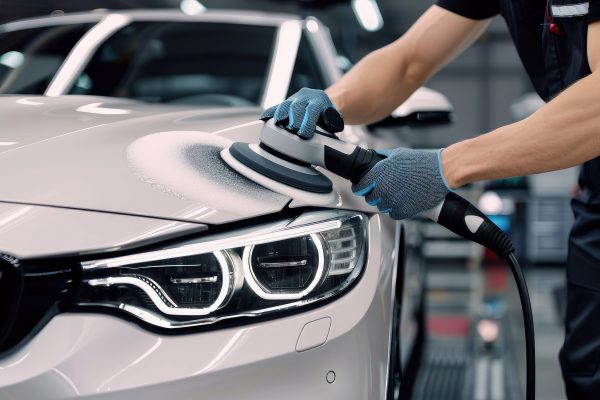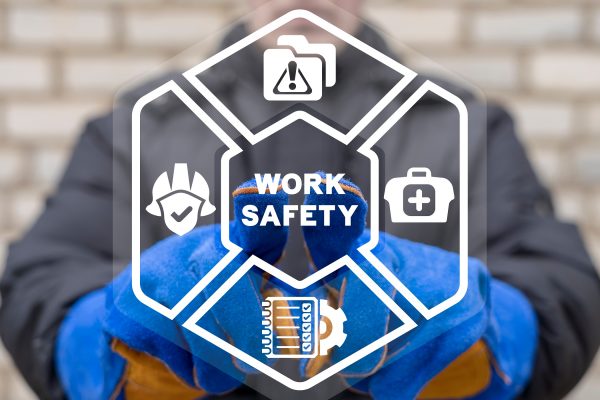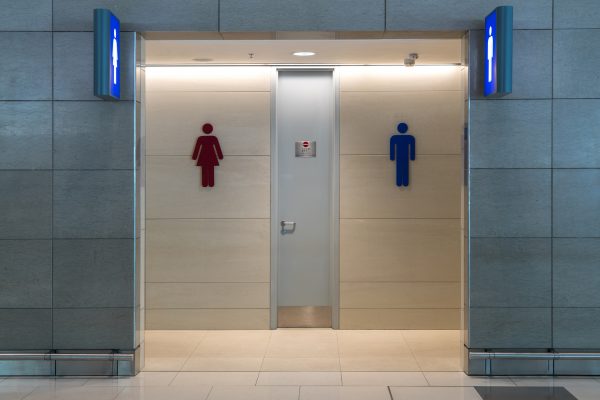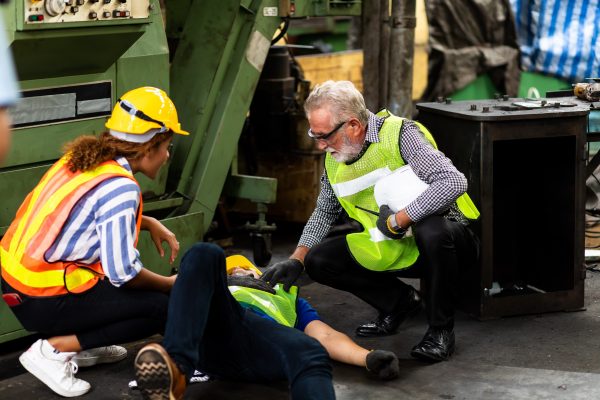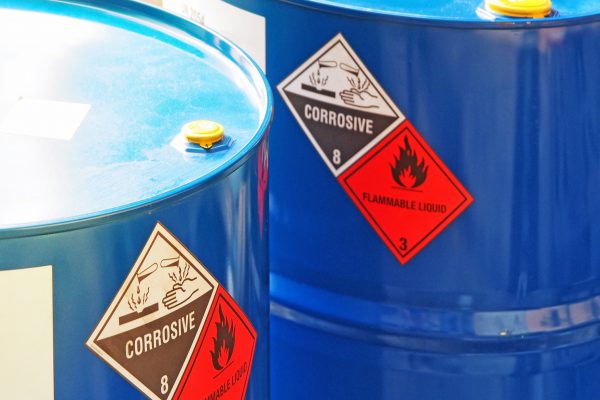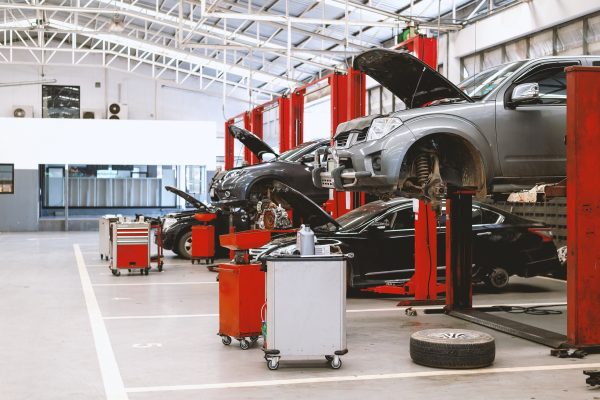A Swansea company which manufactures plastic sheeting has been fined after an employee suffered serious injury when his hand was caught and dragged into machinery.
Swansea Magistrates’ Court heard that the employee was part of a maintenance crew at ITW Limited, and was repairing a break in the plastic sheeting. The court was told the employee was rethreading broken plastic sheeting into a pinch roll when his gloved hand was caught and dragged into the rollers. The first finger on his right hand was so badly damaged it was surgically removed below the knuckle.
Investigation by HSE Inspectors into the incident found that there was inadequate guarding along the length of the production line, despite ITW Ltd. having identified the risks.
ITW Limited, of Queensway, Fforestfach, Swansea, pleaded guilty to breaching Regulation 11(1) of the Provision and Use of Work Equipment Regulations 1998, and was fined £20,000 and ordered to pay costs of £6,018.
Regulation 11(1) requires employers to take effective measures to prevent access to dangerous parts of machinery or stop their movement before any part of a person enters a danger zone. You must take effective measures to prevent access to dangerous parts of machinery or stop the movement of dangerous parts before any part of a person enters a danger zone.
The term ‘dangerous part’ has been established in health and safety law through judicial decisions. In practice, this means that if a piece of work equipment could cause injury, while being used in a foreseeable way, it can be considered a dangerous part.
Your own risk assessment carried out under regulation 3 of the Management Regulations should identify hazards presented by machinery; for example, the likelihood of coming into contact with moving parts that could cause harm. Your risk assessment should evaluate the nature of the injury, its severity and likelihood of occurrence for each hazard identified. This process will enable you to decide whether the level of risk is acceptable or if further risk reduction measures are needed. In most cases the objective of risk reduction measures is to prevent contact of part of the body or clothing with any dangerous part of the machine, for example through guarding. If equipment has to be running or working during a maintenance operation and this presents risks to persons, you should take measures to enable the operation of the equipment in a way that reduces the risk. These measures include further safeguards or functions designed into the equipment, such as limiting the power, speed or range of movement available to dangerous parts or providing protection during maintenance operations.
• Regulation 11(2) specifies the measures which you should take to prevent access to the dangerous parts of the machinery to achieve compliance with regulation 11(1).
• Regulation 11(3) sets out various requirements for guards and protection devices.
• Regulation 11(4) sets out requirements for protection appliances.
HOW DOES THIS EFFECT YOU?
As an Employer or Manager on your site / premises you have the delegated responsibility to ensure that all work equipment is safe. Operator Checks must be carried out and must include a functional test any safety devices incorporated into work equipment on your site / premises. Of course; these safety checks should be carried out at the start of every shift by the trained operator; however, a record is required so that the employer can demonstrate due diligence. The recording of these essential safety checks at least once in every seven days through the use of the PUWER’98 Record of Inspection (which is included in your Safety Management System) will facilitate the recording of these user inspections / checks etc. You should ensure that a foreseeable risk of contact with dangerous parts to work equipment is adequately controlled, taking into account the requirements of regulation 11(2).

On average 55 vulnerabilities are identified daily.
What can I do?
Review your organisations priorities and ask ‘can we afford a breach?’. What do I do during an incident? Who do I involve? When do I involve the ICO?
If you’re unable to answers these questions, you need help from the experts.
Those who carry out any maintenance to work equipment; be it “user” maintenance carried out by an authorised and adequately trained employee from within your business (for example the replenishment of a machines consumables); or third party contractor (and their employees) carrying out scheduled maintenance or necessary repairs to your machinery; must be competent and authorised to do so. Any Contractors you engage should carry out their work under the requirements of a task-specific Permit To Work; or a similar written Safe System of Work.
You should bring this matter to the attention of your own Line Managers and Shopfloor Supervisors and insist that they in turn monitor work activities to ensure compliance with written safe systems of work. They are after all your “ears and eyes” on the ground so to speak. For further information on equipment and machinery visit: http://www.hse.gov.uk/work-equipment-machinery/

